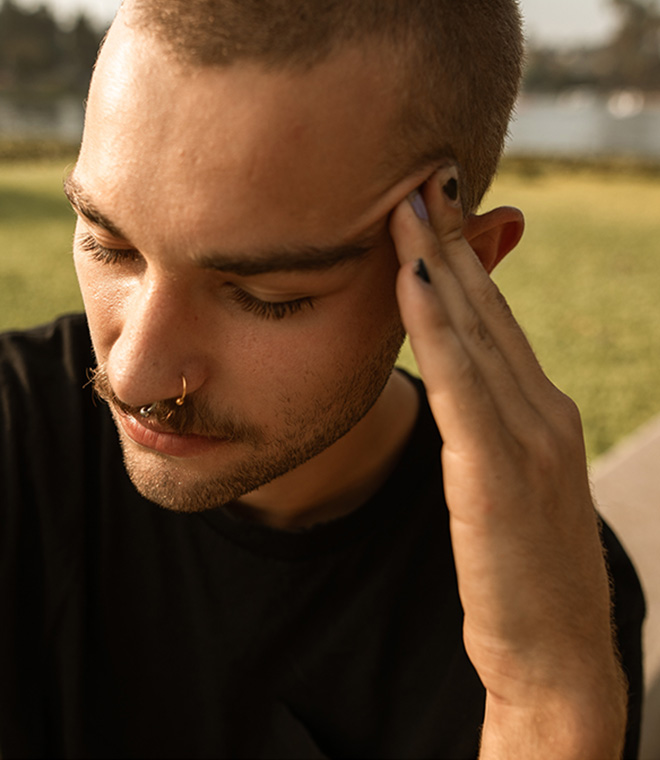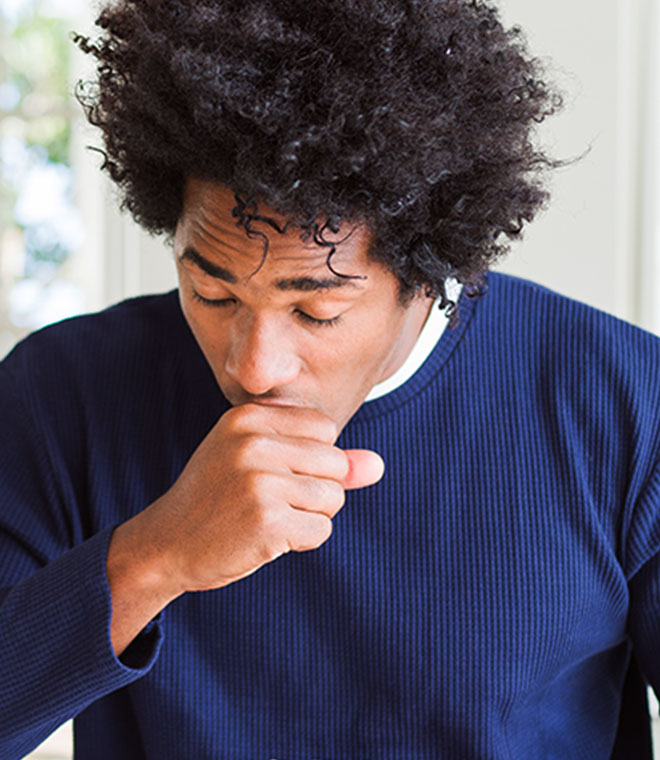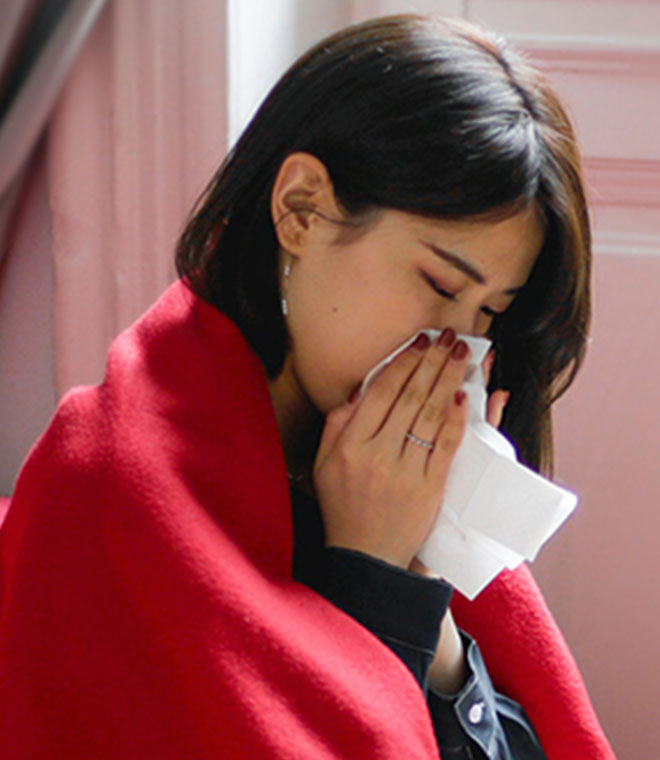Health
How to avoid common fall allergies
By Jean Cherry, RN, MBA Sep 27, 2022 • 8 min
As summer turns to autumn, sniffles and sneezes may have you wondering if you are catching a cold.
But if the symptoms last more than 10 days, you could be experiencing fall allergies. Both children and adults can be affected by allergy symptoms, which can include a runny nose, sneezing, congestion, itchy eyes and a scratchy throat.
Allergies affect approximately 50 million people each year. Fall allergies are commonly caused by ragweed, mold or animal dander, compared with spring allergies, which are caused by tree, grass and weed pollens or animal dander. Of allergy sufferers who are allergic to pollens, 75% are also allergic to ragweed.
What is it about fall? Ragweed and pigweed bloom from August until November and can produce up to 1 billion grains of pollen per plant. Mold has plenty of opportunities to thrive in piles of damp leaves, especially when warmer temperatures extend into the fall. Raking leaves stirs pollen and mold up into the air. Children starting school may experience classroom irritants and allergy triggers from class pets, chalk dust or food allergies.
Does where you live affect your allergies?
The Asthma and Allergy Foundation of America published a report in the fall of 2018 listing Allergy Capitals in the U.S. The rankings were based on a pollen score, medication utilization per patient and availability of board-certified allergists per patient. The top five most challenging place to live with fall allergies were McAllen, Texas, Louisville, Ky., Jackson, Miss., San Antonio, Texas, and Dayton, Ohio.
What can you do to combat fall allergies? Does staying inside help?
Factors affecting the severity of fall allergies include exposure to specific types of pollens, the amount of pollen in the air, and the level of hypersensitivity a person has. It is difficult and impractical to stay in an air-conditioned location all day trying to keep away from pollen and mold.
Here are some strategies to make it through the allergy season.
- When at home, keep the windows shut to keep the pollen out.
- Use HEPA filters in air conditioners to decrease moisture in the air and prevent mold growth.
- Before turning on heating systems in the fall, change your filter.
- Use a certified air cleaner that meets Asthma and Allergy Foundation of America Standards, as indicated by the asthma & allergy friendly® designation. These air cleaning systems can be portable or for the whole house heating, ventilation and air conditioning (HVAC) system.
- A shower and fresh clothes, especially before going to bed at night, help to get rid of pollen on skin after being outside .
- Wash your bedding weekly in hot, soapy water, drying them in a dryer, not a clothesline.
- Use a NIOSH-rated N95 filter mask when doing yardwork, such as mowing, raking leaves or working in the garden. Consider hiring someone or having someone else do the yardwork for you.
- Do not hang clothes outside to dry where pollen can adhere to them; use a clothes dryer.
- Some foods, such as bananas, melons and zucchini, have similar plant makeup to ragweed and should be avoided due to potential allergic effects.
What are the treatment options?
In addition to the strategies listed above, medication may be needed. Remember to treat allergies early before symptoms get out of control and continue on several weeks after the first frost.
- Antihistamines. When exposed to allergens, our bodies produce histamine as part of the immune response. Histamine can make you sneeze, your eyes water and your nose run. Oral antihistamines reduce allergy symptoms by blocking histamine from the body’s cells.
- Decongestants. Over-the-counter decongestant agents clear up stuffy noses. These medications should not be used by children under age 4 or pregnant women, and used with caution among older adults and those with chronic illness. If in doubt, check with your provider.
- Steroid nasal sprays. There are over-the-counter steroid nasal sprays and some that require prescriptions. These sprays are effective at reducing inflammation in the nasal passages. Possible side effects can include headaches and nosebleeds, even though only a very small amount enters the blood stream.
- Allergy shots. If allergies are moderate to severe, you may be referred to an allergist for allergy testing. Allergy shots reduce allergy symptoms in 85% of people with allergic rhinitis. Small amounts of the allergen(s) a person is sensitive to are injected into the skin in ever-increasing doses, causing the body to develop a tolerance to the allergen until the individual is no longer sensitive to it. Allergy shots are administered in a healthcare provider’s office under their supervision in case an allergic reaction occurs.
People with fall allergies should prepare in advance of the season by talking to their healthcare provider about a treatment plan.
Clinically reviewed and updated by Nancy Kupka, PhD, RN, March 2022.
Sources:
1. https://www.aafa.org/media/2183/AAFA-2018-Fall-Allergy-Capitals-Report.pdf
2. https://acaai.org/allergies/symptoms/runny-nose-stuffy-nose-sneezing/
3. https://acaai.org/news/facts-statistics/allergies
4. https://medlineplus.gov/hayfever.html
5. https://medlineplus.gov/ency/patientinstructions/000489.htm



